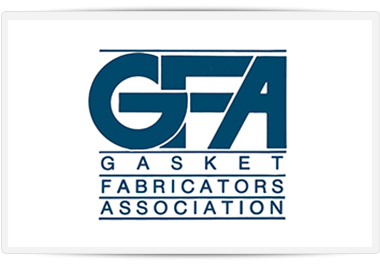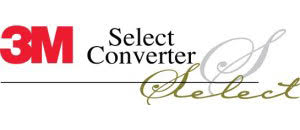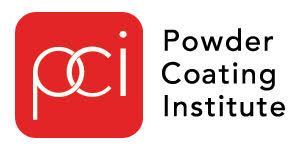The fenestration industry has evolved immensely since the days of Roman architecture. Today, steel beams allow for more windows, doors, and skylights than ever before. At the same time, new developments in manufacturing technology, materials, and equipment continuously raise the bar on virtually every aspect of fenestration products — especially energy efficiency.
In today's environment, the increasing focus on providing energy-efficient fenestration products and solutions is reshaping the industry. Continue reading for an efficient fenestration glossary on the most important energy-efficiency fenestration terminology.
Air Leakage Fenestration Terminology
Air leakage represents how fast air moves around the skylight, door, or window in the presence of specific pressure difference across it. Air leakage is typically represented in cubic-feet per minute per square foot of frame (cfm/ft2).
A fenestration product with a low air leakage rate is much tighter than a fenestration product with a high air leakage rating. Frank Lowe can provide innovative solutions to help reduce the air leakage rate on your fenestration products.
Solar Heat Gain Coefficient Fenestration Terminology
SHGC or the solar heat gain coefficient is the percentage of solar energy transmitted through a skylight, door, or window. It can be absorbed and/or transmitted directly and released as heat energy on the interior of a home. Simply put, as the SHGC decreases, the amount of solar heat that is transmitted is reduced, which means the product is better at offering shading.
The orientation of the home or building, external shading, and climate will all be critical factors for determining the best SHGC for a skylight, door, or window. We’ll work with you to create versatile fenestration products aimed at achieving the optimal SHGC.
Shading Coefficient Fenestration Terminology
Shading coefficient (SC) represents the amount of solar heat allowed to pass through a particular fenestration product or glazing solution. At Frank Lowe, we offer a full catalog of glass and glazing solutions that allow you to manage the amount of solar heat transmitted through your fenestration products.
U-Factor Fenestration Terminology
U-factor represents the rate at which a skylight, window, or door conducts the non-solar flow of heat. For some glass doors, skylights, and windows, the U-factor refers to either the glazing or glass alone.
However, National Fenestration Ratings Council will always provide U-factor ratings based on the complete performance of the window, including the spacer material and frame. Since a lower U-factor is almost always more desirable, we can provide fenestration solutions to help minimize the non-solar heat gain for your fenestration products
Visible Transmittance Fenestration Terminology
Visible transmittance (VT) is a fraction of the visible spectrum of sunlight — ranging from 380 up to 720 nanometers. VT is weighted by the human eye's sensitivity of light transmitted through the glazing of a door, window, or skylight.
The best VT for any skylight, window, or door should be based on whether the home or building needs a reduction in interior glare in a space. You should also consider the structure's daylighting requirements for the best VT.
Light-to-Solar Gain Fenestration Terminology
Light-to-solar gain (LSG) is the ratio between the VT and SHGC. The LSG serves as a gauge of the relative efficiency of different glazing types or glass types in transmitting sunlight while reflecting heat gains. Although the LSG performance isn't always listed, the higher the number; the more amount of light can be transmitted without increasing the amount of heat.
Contact Frank Lowe to Improve the Energy Efficiency of Fenestration Products
While fenestration products do not consume energy directly, they can be a major source of heat loss or heat gain because of:
At Frank Lowe, we offer the technical savvy and innovative product offerings to help you manage and reduce all of the sources of heat loss or heat gain. For more than six decades, we've partnered with fenestration companies to deliver solutions that impact energy efficiency as well as customer satisfaction.
Contact Frank Lowe today to learn more about common fenestration terminology or to begin improving the energy efficiency of your fenestration products.






